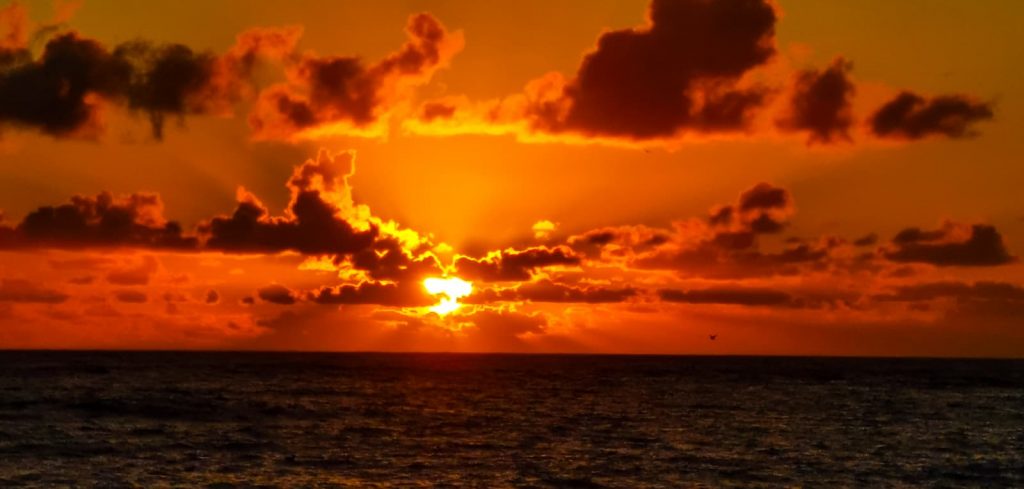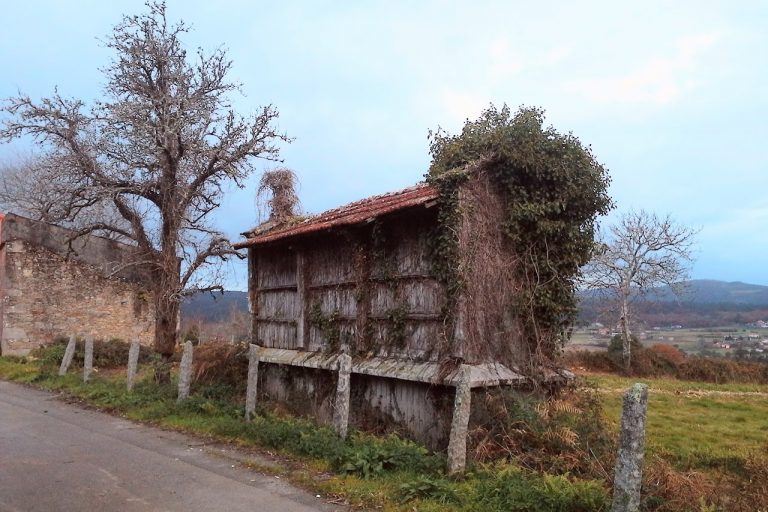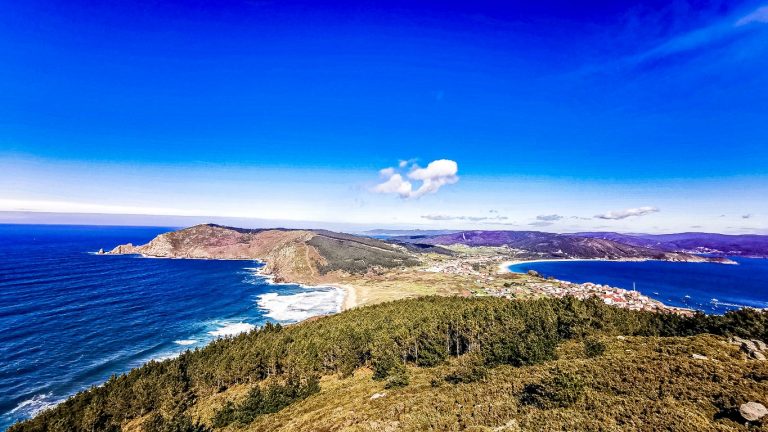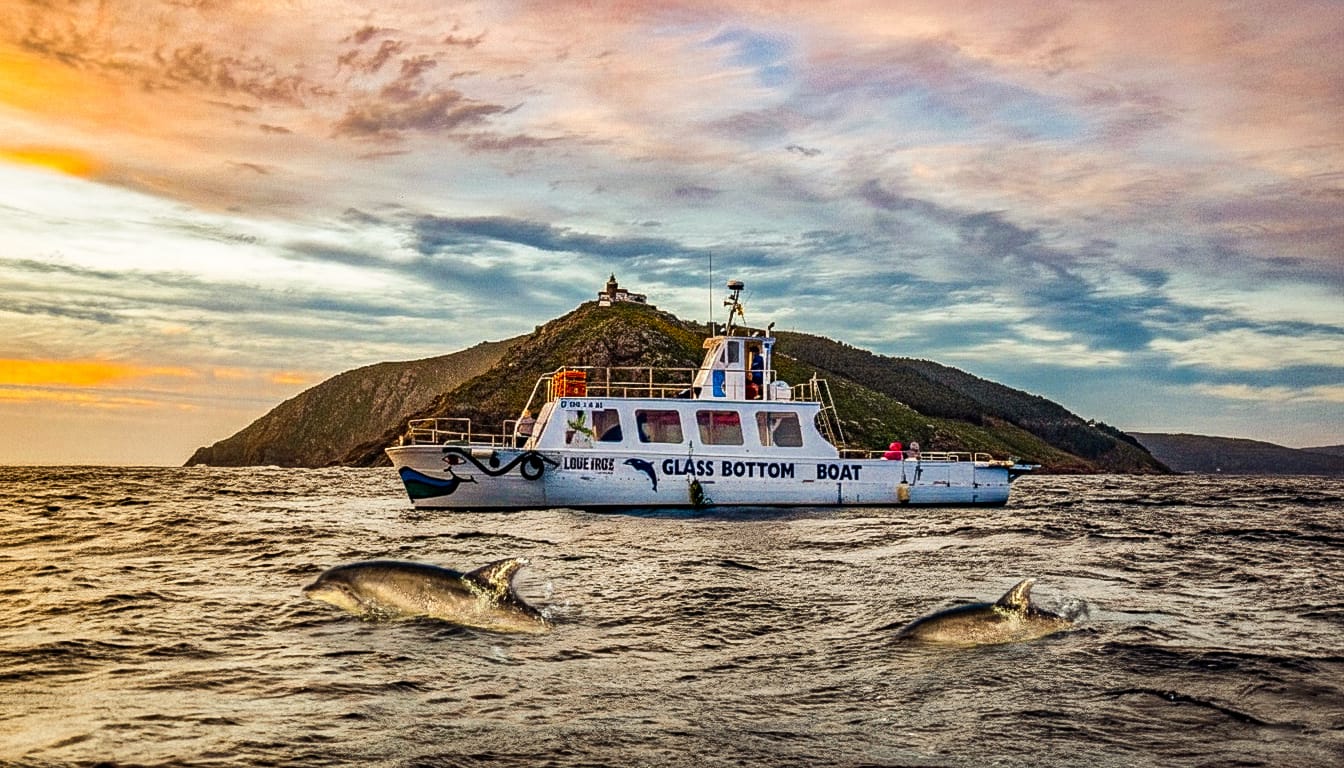
There are journeys that are more than an excursion. They are a small voyage of life, a composition of wind, salt, and stories. Our trip began in the harbor of Fisterra, on board the “María Elena”, guided by Oliver Moure and his company Cruceros Fisterra. For 17 years, he has been taking locals and visitors out into the bay, out into the Atlantic, to show this special place from the water. Already in the harbor, among old ropes, weathered fishing boats, and the clatter of masts, I sensed: this would not be an ordinary journey.
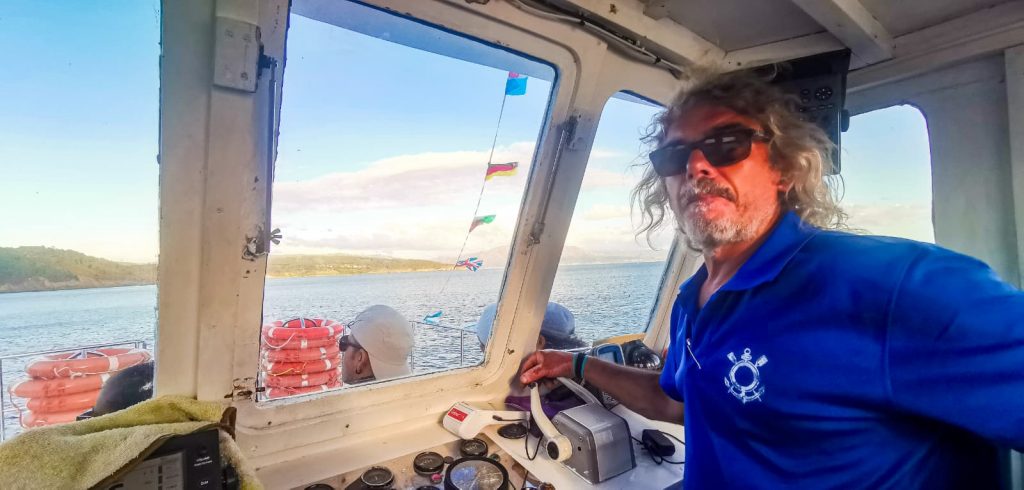
In front of us stretched the Atlantic, that endless expanse of water which only in appearance marks the end of the world. To the left, the beach of Langosteira appeared, that natural gateway to Fisterra for all those arriving from Santiago. To the right, the Monte Pindo was already rising, the Olympus of the Celts, a granite giant full of legends, once the tomb of Queen Lupa. Whoever has seen it once in the evening light understands why the ancient peoples created myths here.
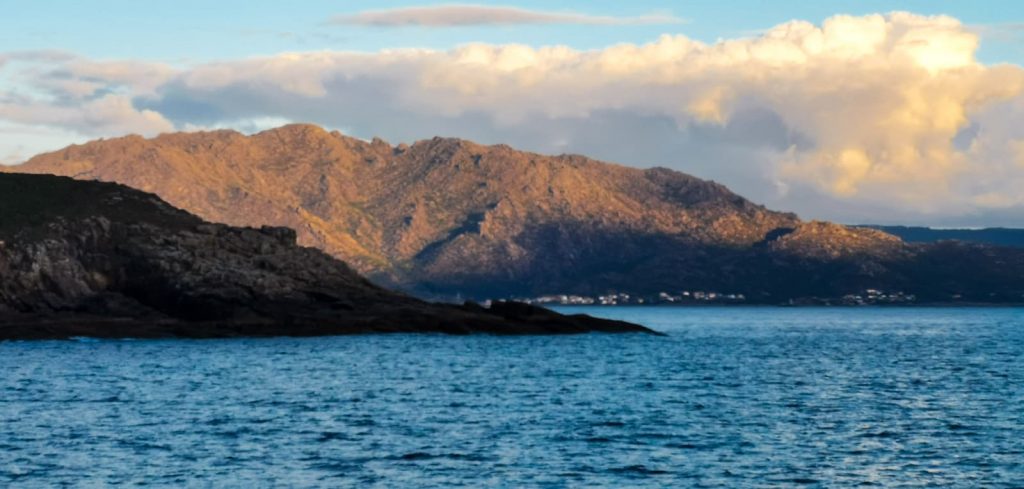
But the true surprise came when a dark fin broke the water. Manoliño, the dolphin, had found us. He is no legend, but living reality, an animal that dwells between Ferrol and Pontevedra – and yet more than an animal. He swam close to the boat, dived down, surfaced again, as if to greet us. A companion, a friend of the sea. I remembered the stories: how in Corcubión he played with dogs, how he accompanied fishermen, and how once, in the harbor of Fisterra, he came so close to me that we “conversed” in silence for three minutes. Manoliño – the good spirit of the Costa da Morte.
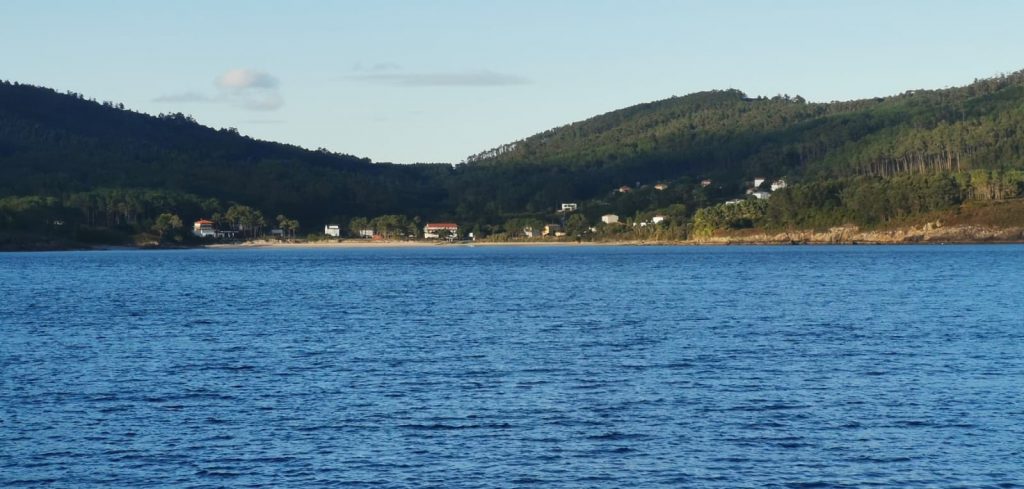
Behind us lay Sardiñeiro, Estorde remained to starboard, and before us rose the Islas Lobeiras from the water. Small, seemingly insignificant, but for sailors of old they meant danger, and for legends, nourishment. Here the Atlantic pulls harder, here you feel its power. But that evening the sea was gentle, almost festive, and the sun began its spectacle.
The last rays sank behind the Ara Solis, the ancient solar altar of the Celts. To the right, the rock of “O Centolo,” a horn of the devil, black against the light. We had arrived at the Hades of old, where the sun sinks into the sea. And yet, in that moment there was no fear, but a deep peace. Only the creaking of the boat, the cry of a seagull above Monte Pindo, and the steady rhythm of the waves.
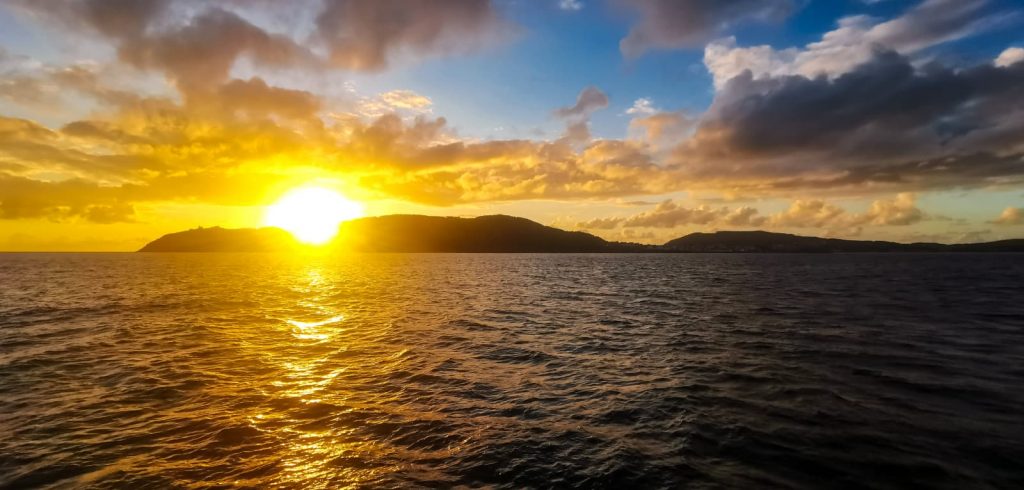
Whoever has sailed this far inevitably thinks of the return. And of what awaits on land. Fisterra is not only myth, but also daily life, and daily life here tastes of the sea. Sardines, fresh from the grill. Hake and sea bass, mackerel and bonito. The seafood cuisine is rich: scallops and cockles, mussels and the famous goose barnacles – percebes, which cling to the cliffs like fingers of the sea. To that add the queen of the crustaceans, the spider crab, the centolo, as well as lobsters and crayfish. And of course, octopus, Galician-style, cooked over potatoes, with paprika and olive oil, and squid, tender on the grill, as the fishermen themselves eat it.
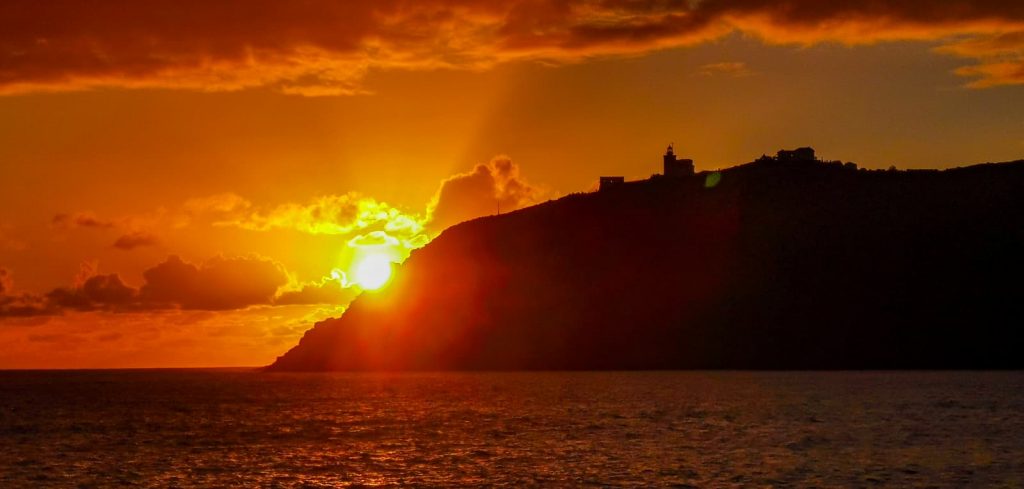
Thus, a journey to the end of the world does not simply end in the harbor, but with the awareness that everything here is connected: nature and history, myths and the present, the play of the sun and the play of flavors. Fisterra is a place where one learns not only to see, but also to taste, smell, and feel how close sky, earth, and sea lie together.
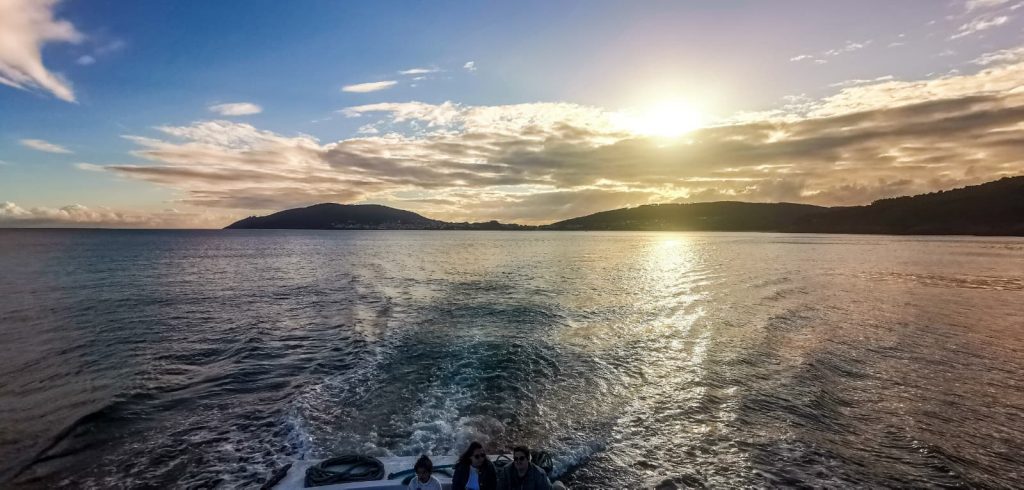
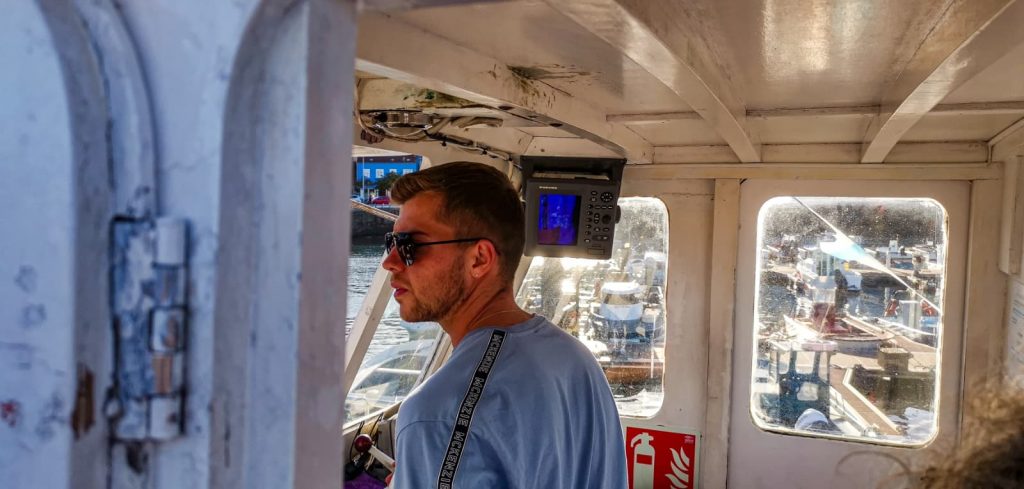

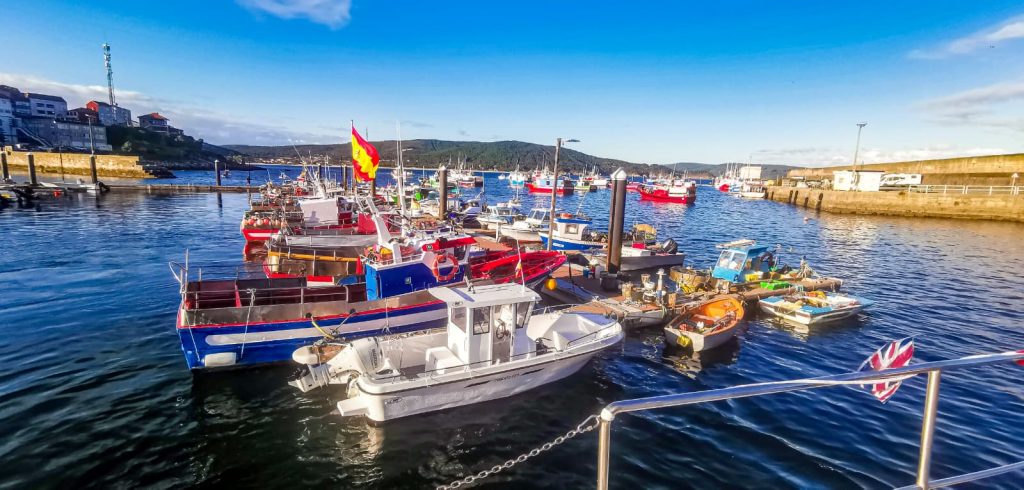
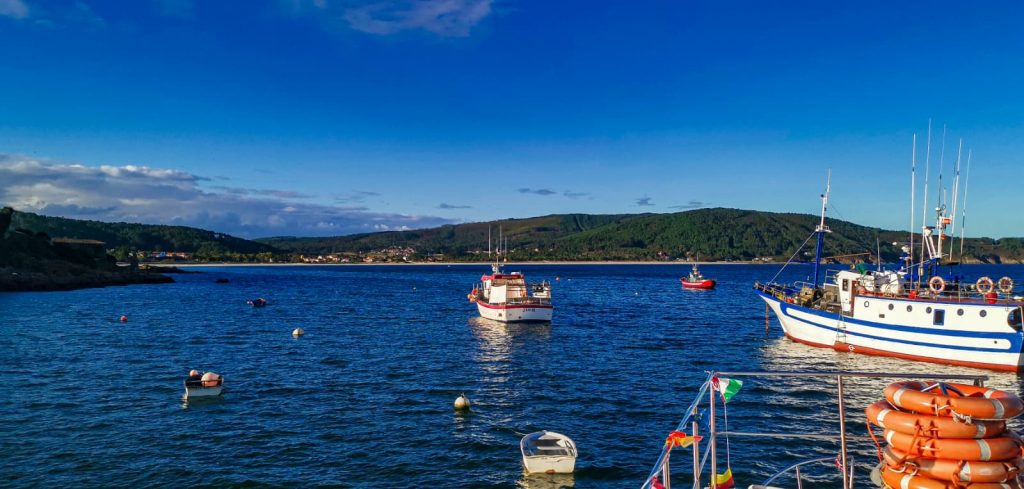
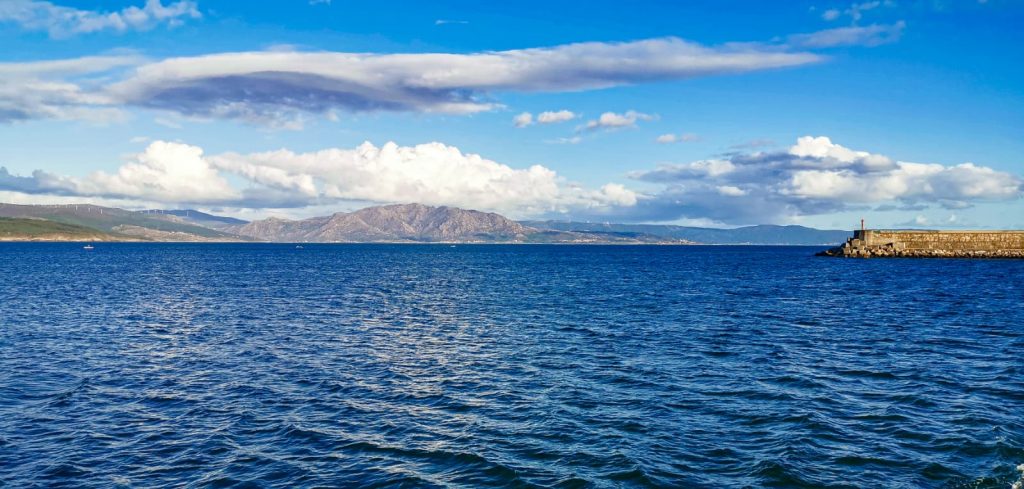
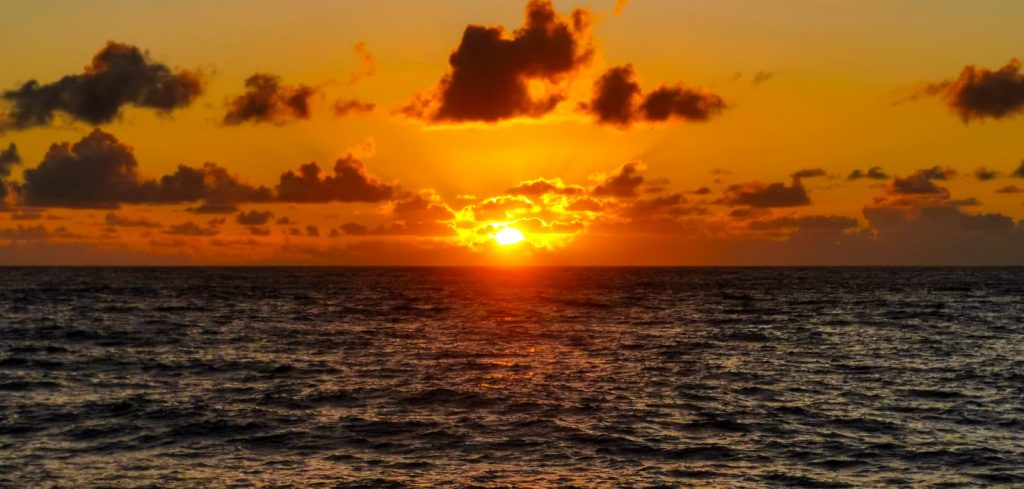
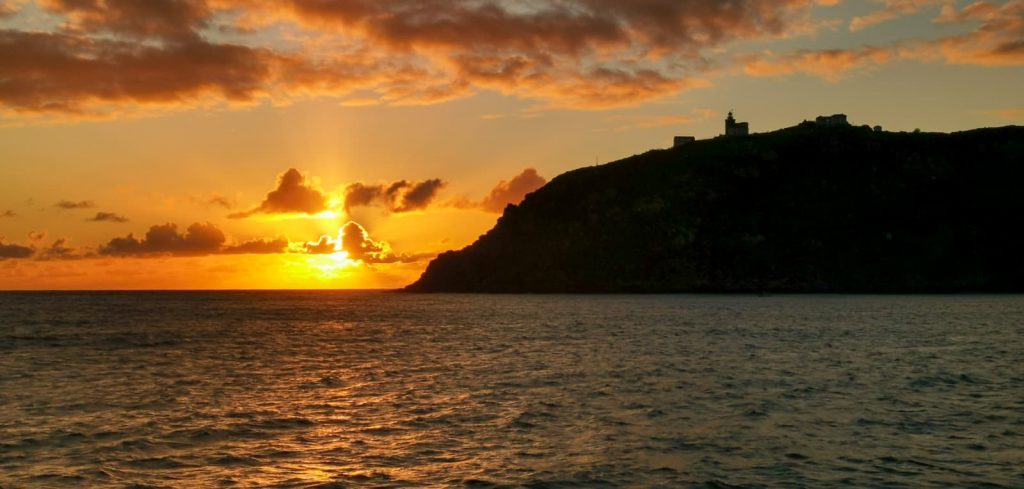
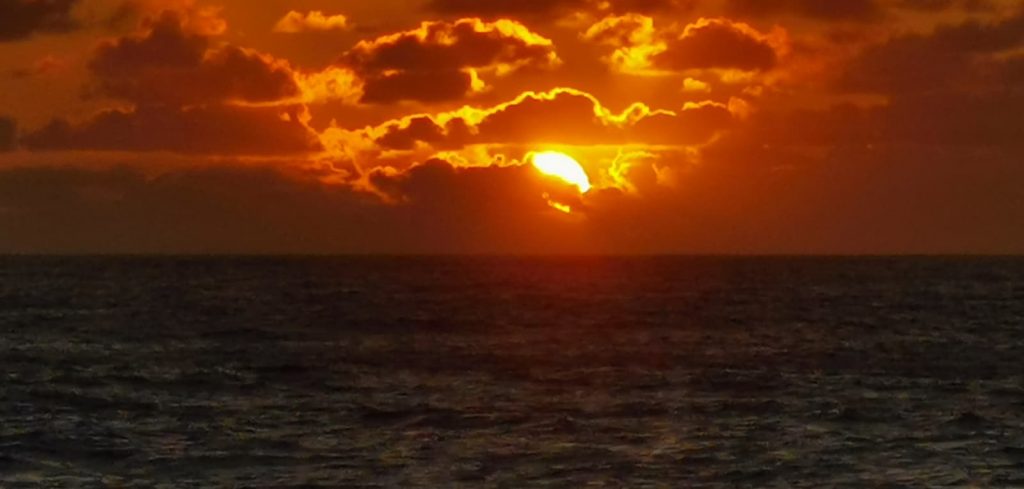
And perhaps that is what remains: the memory of a dolphin that accompanied us, of Monte Pindo watching over us, of the light that faded into the Atlantic – and of the octopus that the next day was served on the restaurant table. Between incense and wind, between Ara Solis and harbor beer, one finds here something greater than a stage. One finds home.
